Does one choose the famous Spanish drink abroad – sangría – a mix of red wine, spirits, fruit and lemonade?
Or do you go for the simpler tinto de verano, a straight up mix of red wine and either lemonade or casera (that sweetened soda the Spanish are fond of).
Back in 2019, we asked our readers to give us their views.
On Facebook, 78 percent said they would choose tinto de verano as their summer drink of choice over sangría, the latter being widely considered to be a ‘tourist’ option.
While on Twitter, it was a more even divide, with 60 percent opting for tinto de verano and 40 percent for sangría.
Melanie Lawrence, a Brit living in Madrid delved deeper into the dilemma adding that tinto de verano was best, but especially when served with lemonade and not casera (sweetened soda water).
However, she did admit that when her friends visit from England, “siempre pedimos una jarra de sangría” (we always order a jug of sangría).
Pilar Bretos agreed, saying “tinto de verano all the way…and I agree with some of you here who said that sangría is mainly more popular with foreigners”.
One regular reader even went as far as stating that sangría shouldn’t even be considered an option by ‘real locals’.
Here’s an interesting fact though, that ‘guiri‘ drink that many integrated foreigners wouldn’t apparently touch with a bargepole actually received protected status by the European Parliament in 2014. That basically means that foreign drink producers can concoct the same mix, but it can only be called sangría if it’s made in Spain or Portugal.
Tinto de verano, on the other hand, does not enjoy the denominación de origen classification.
But back to the vino on ice debate.
“The real choice, if between two, is actually, for most of us, between una cerveza (beer) and the aforementioned tinto de verano… (sangría (is) for guiris!),” commented Abbey Road.
.jpg)
Sangría, when properly prepared, can be delicious. A mix of red wine, brandy, lemonade (or casera) and with sliced fresh fruit, it comes by the jug with lots of ice and is best served at lunchtime.
Perhaps the drink has got a bad name thanks to bars serving up the worst wine, the lowest grade brandy and overripe fruit that’s passed its best. Some even skip the mixing process and serve it straight from the carton.
Or it could be that sangría isn’t served in your average bar in authentically Spanish areas because they don’t have fruit available, or because preparing un tinto de verano is more straightforward.
Admittedly, sangría is more of a drink served in tourist areas, while the tipple of choice during summer in ‘real Spain’ is either tinto de verano or beer.
And inevitably, for many foreigners who have tried their hardest to integrate into Spanish culture, the thought of ordering a drink which is somewhat connected to the drinking excesses of some tourists in Spain is not something they want, and that’s perfectly justified.
READ MORE: The best Spanish treats to keep you cool in a heatwave

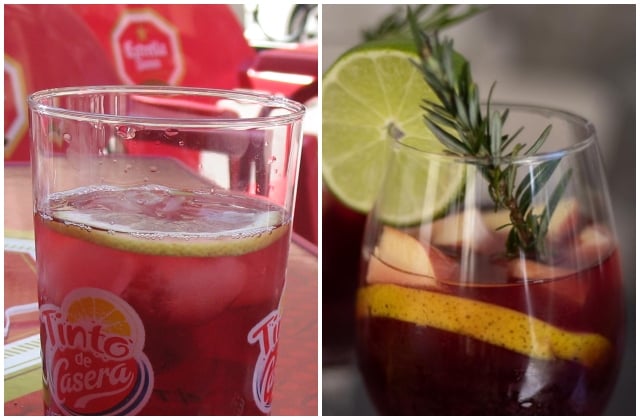

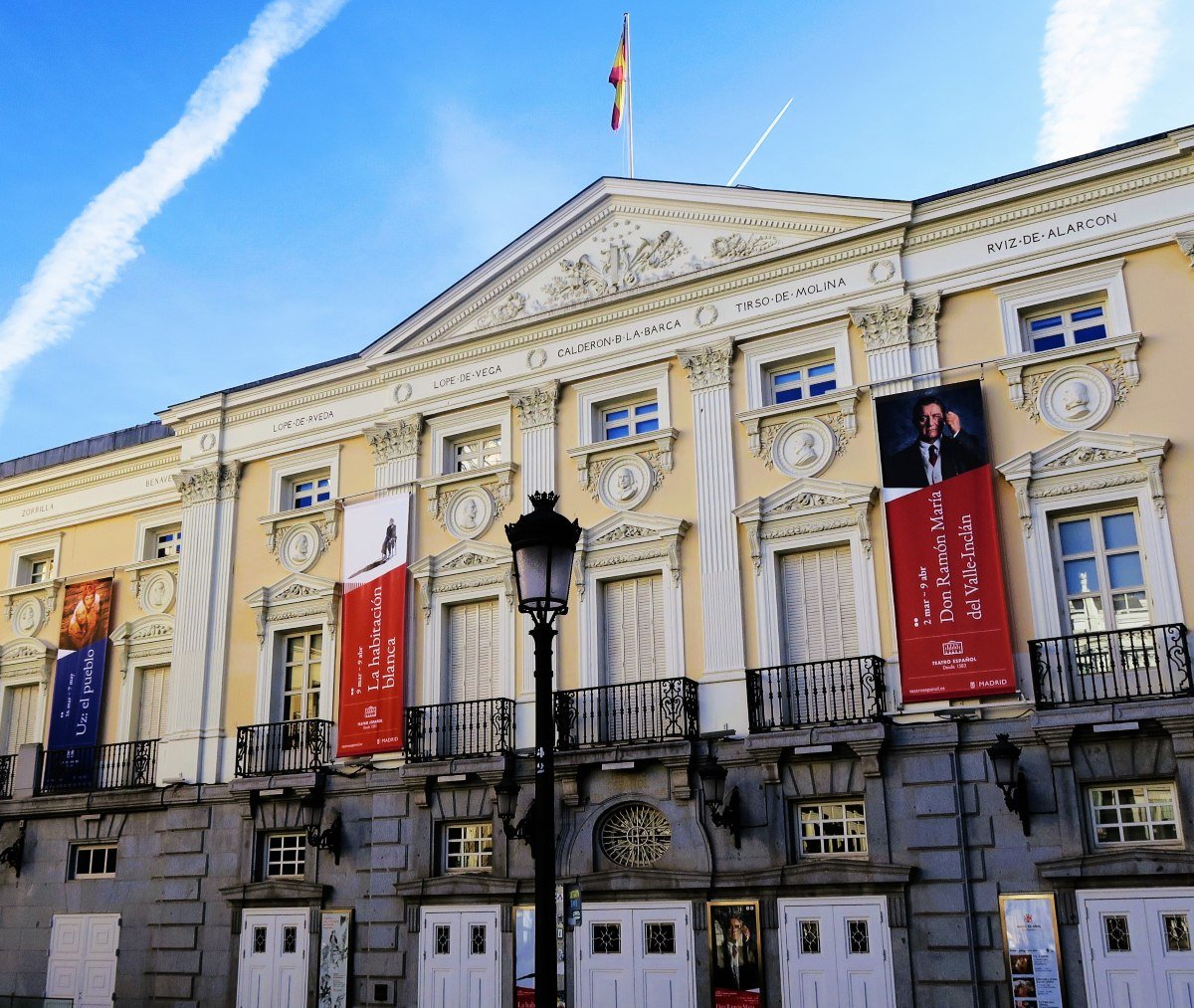
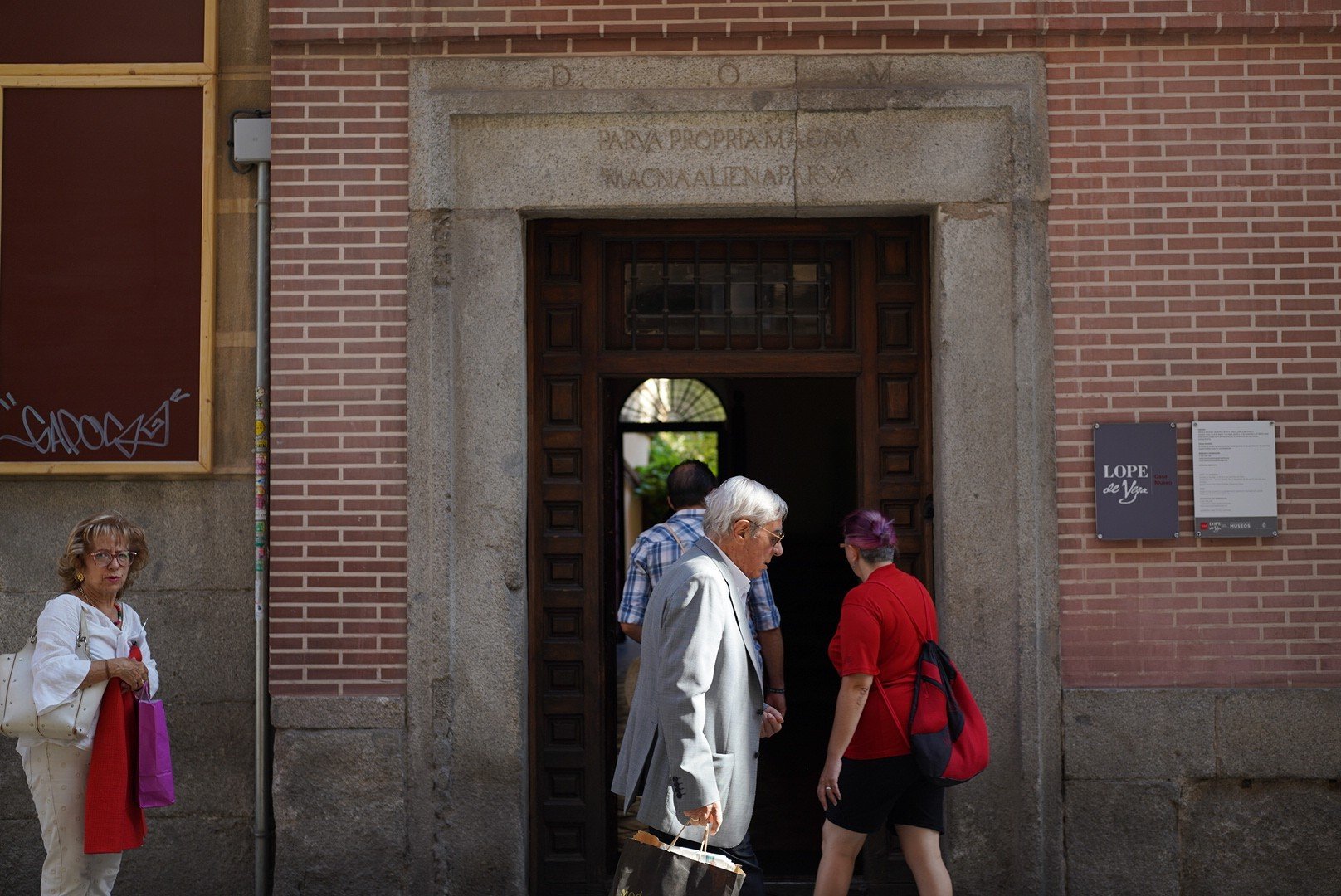


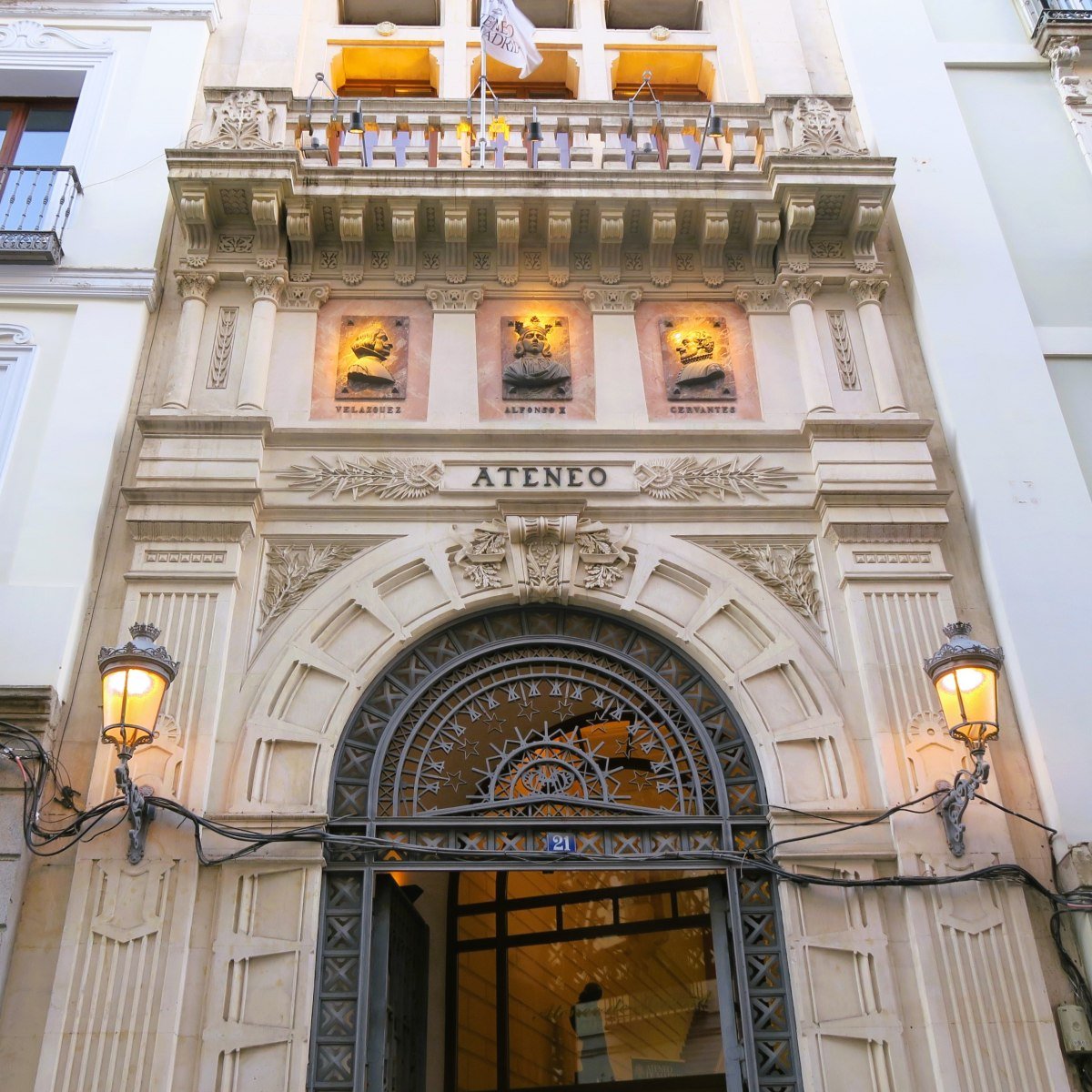
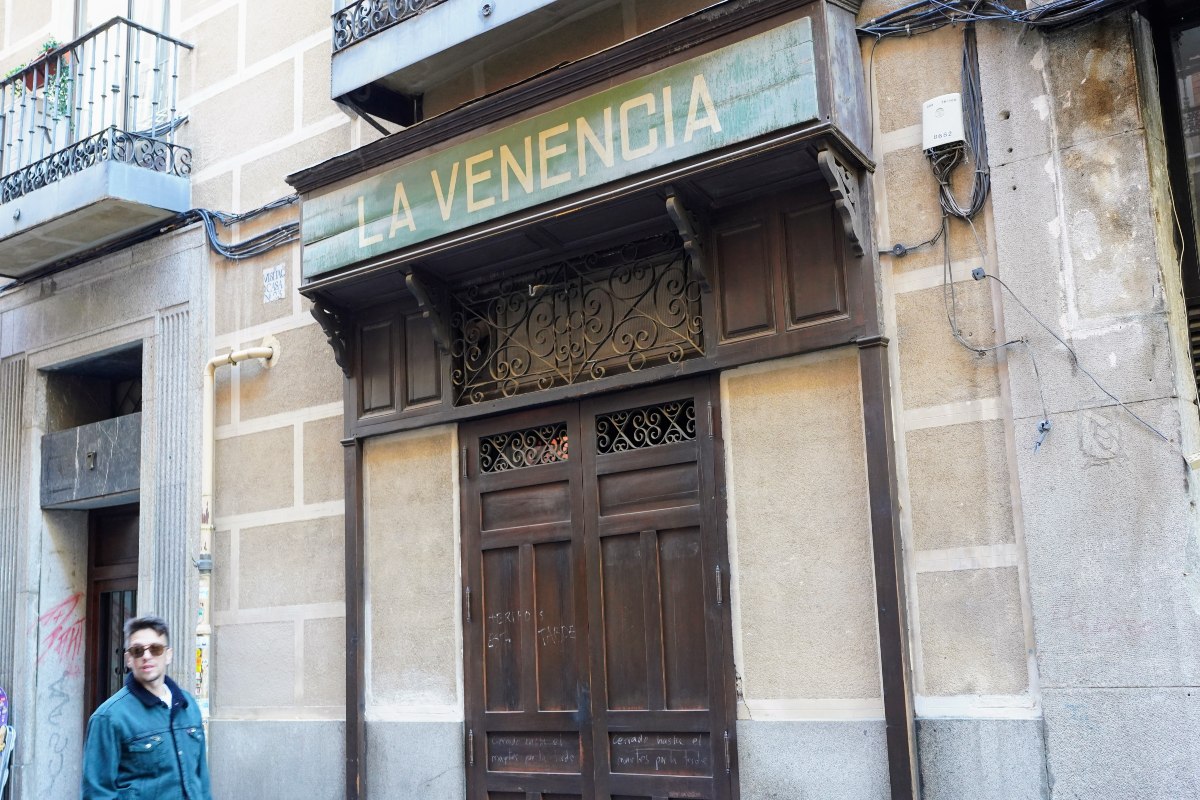
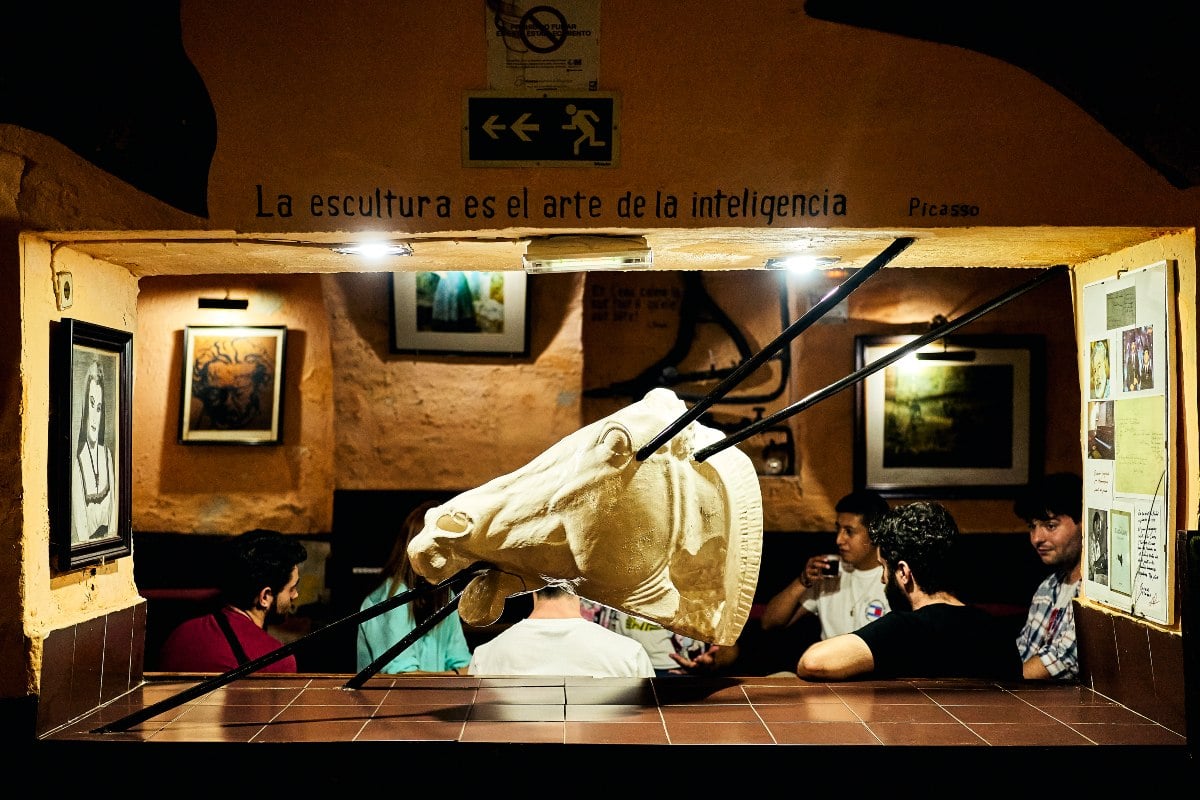
 Please whitelist us to continue reading.
Please whitelist us to continue reading.
Member comments